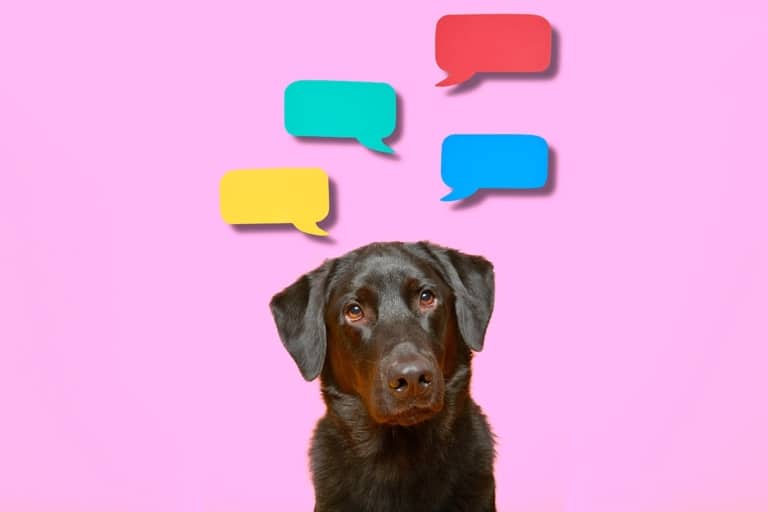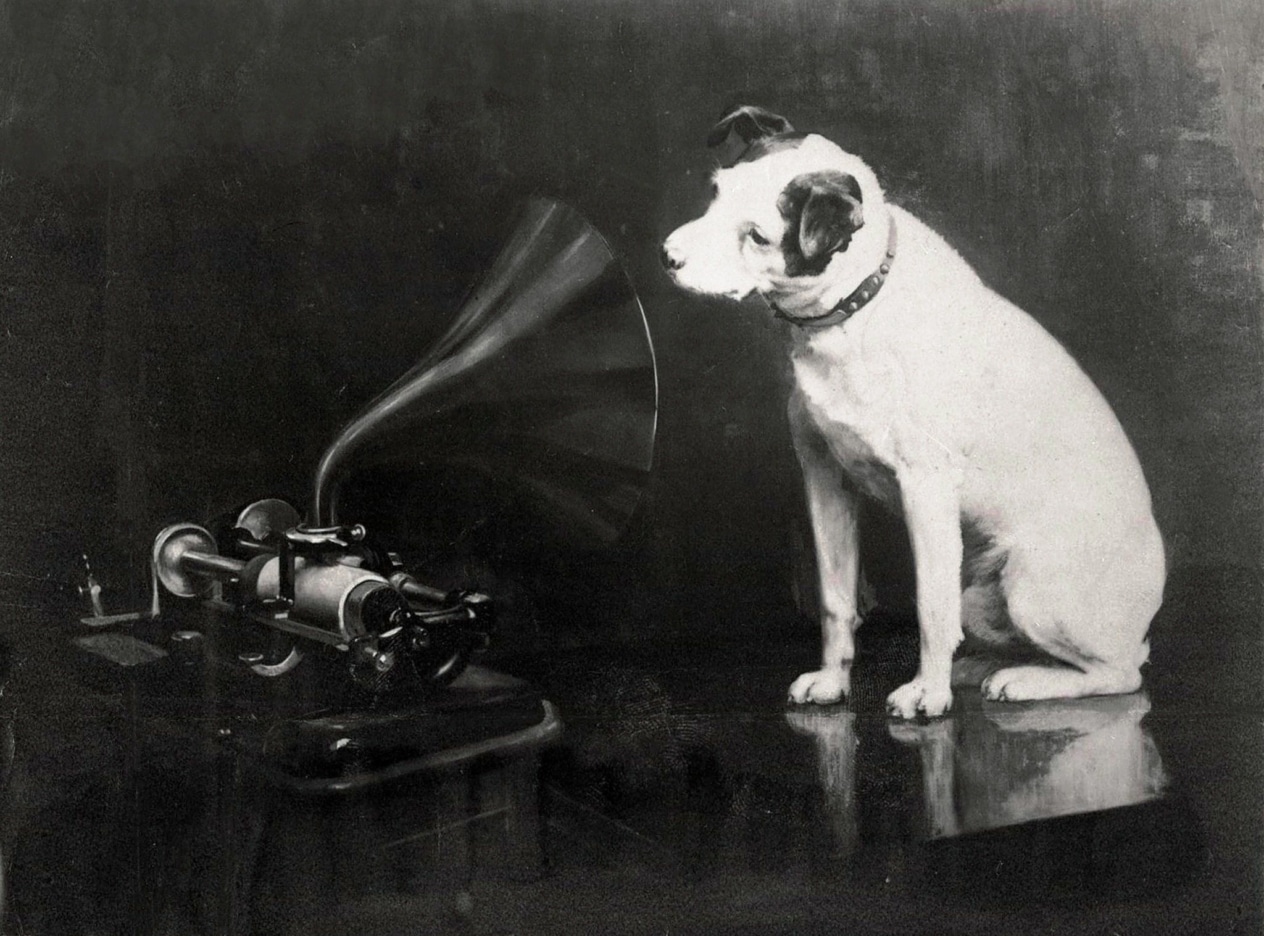When we talk to our dog, we sometimes forget that the person in front of us is not a human. We say, “Do you want to go for a walk?”, “Where’s your toy?”, “Good boy!” – and the dog happily wags his tail or runs to the door. But do dogs really understand what we say to them? Or do they just guess by intonation? Let’s find out together!
Dogs and words: how comprehension works
Scientific studies have proven: dogs can memorize the meaning of words! Some particularly capable dogs can know more than 200 and sometimes more than 1000 words. The most famous example is a Border Collie named Chaser, who knew more than 1000 names of various objects and could fetch any of them on command.
But there is an important detail: dogs best memorize words that are associated with specific actions or objects – “walk”, “sit”, “fetch”, “ball”. For them, a word is a whole signal to a certain action or image.
Intonation and mood are the main clue
But it’s not just words that matter. The intonation of the voice – that is, how we speak – is even more important to dogs than the content of the words themselves. When we say something cheerfully and enthusiastically, the dog knows it’s something good. And if the voice sounds angry or stern, the dog instantly picks up on the mood and behaves more cautiously.
Studies have shown that the dog’s brain even has separate areas that are responsible for processing the emotional tone of voice – very similar to how it works in humans!
Body movements and facial expressions
Dogs are also great at “reading” our bodies. Hand gestures, shoulder movements, head position – all of this is a real code for them that helps them understand what we want. Sometimes it is even more important for a dog to see us move than to hear words.
That’s why dogs respond well to gesture-based commands, like “sit” with a raised hand or “come to me” with a calling gesture.
What the science shows
In 2016, scientists at the University of Budapest conducted an incredible study: they conducted MRI scans of dogs’ brains as they listened to different combinations of words and intonations. What did they find out? Dogs process speech in two parts of the brain: one analyzes the content of words, and the other analyzes the emotions in the voice. This is exactly how the human brain works!
That is, dogs actually understand the individual words and sense the emotion of the speech – and only then form a “complete picture” of what we are trying to tell them.
Can dogs understand everything?
While dogs are amazingly intelligent, they still don’t understand speech as deeply as humans do. They are not capable of comprehending complex sentences, conditional thoughts or jokes. But their ability to guess moods, intonation, and quickly learn commands make them one of the best partners for humans.
Conclusion
Dogs do understand many of our words – especially those related to actions, emotions, and things that are important to them. Even better, they understand our intonation, moods, and body movements. This special combination of understanding and sensitivity makes dogs incredible friends, able to “feel” us even when we don’t say a word.
So the next time you say to your dog, “You’re the best!” know this – she doesn’t just hear those words. She feels every word you say with her heart.











